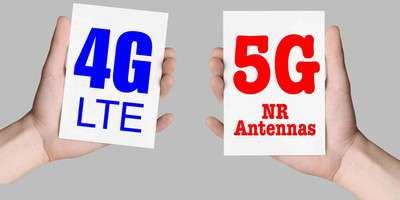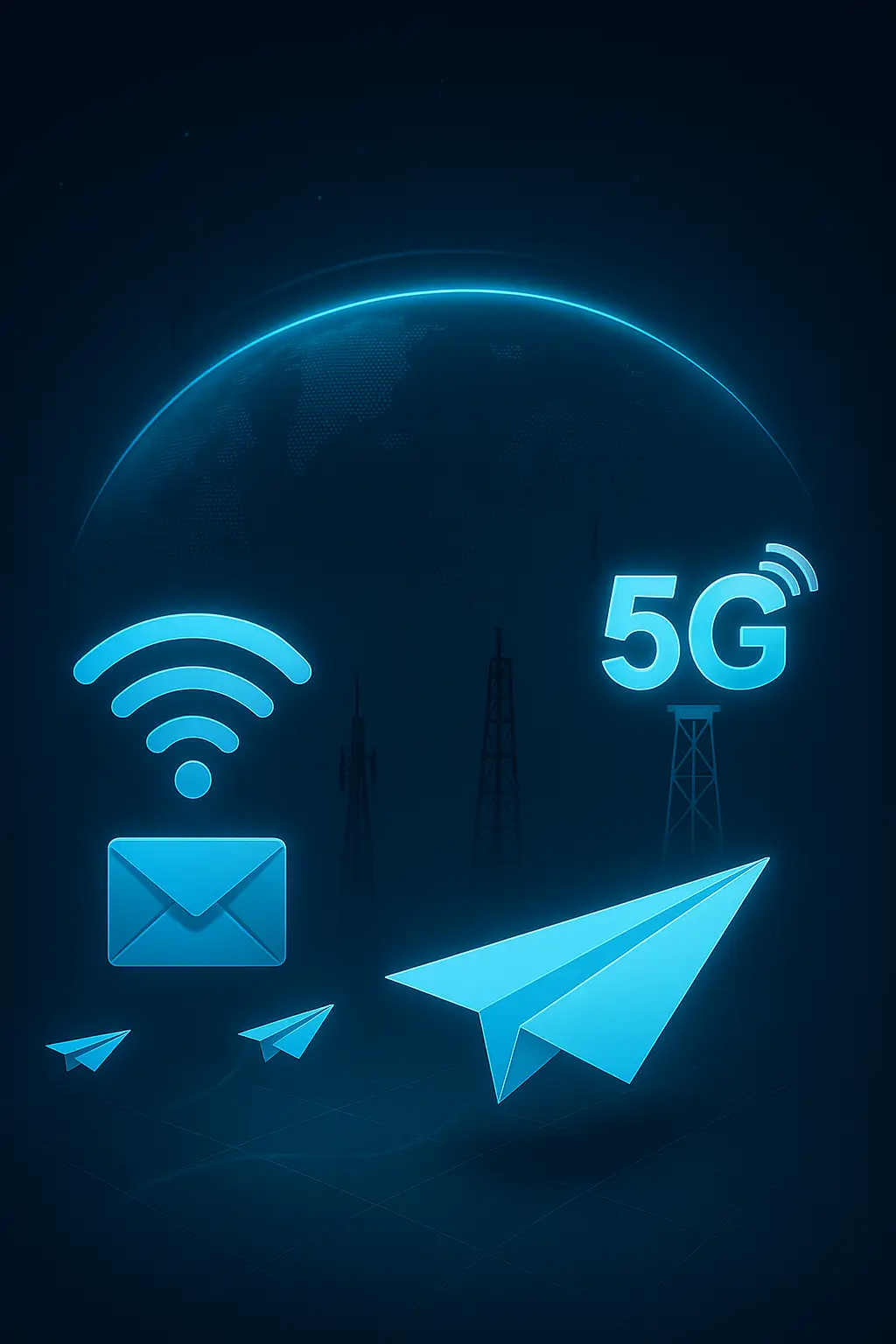Dual Connectivity (DC) was introduced in 3GPP to allow a UE to simultaneously transmit and receive data on multiple component carriers from two cell groups one providing E-UTRA access (4G)and the other one providing New Radio access(5G). One scheduler is located in the Master Node and the other in the Secondary Node. The Master Node and Secondary Node are connected via a network interface and at least the Master Node is connected to the core network.
Main principles are
- The control plane is managed on one carrier MeNB
- The user plane split is managed at the PDCP level
- MAC & and RLC acknowledgement are managed on the same carrier
- A dual connectivity UE is equipped with 2 TX
In dual connectivity option 3x, the call is established on 4G and all bearers are managed by the 4G EPC, thus End to End 5G features managing the QoS, like the slicing, will not be available
Also, there is Open X2 interface that should be configured between the legacy 4G supplier and the new 5G supplier
In MR-DC, from a UE perspective, three bearer types exist: Master Cell Group (MCG) bearer ,Secondary Cell Group (SCG) bearer and split bearer
A MCG bearer is a radio bearer that is served only by the MeNB, while a SCG is a radio bearer served only by the gNB,
Besides MCG and SCG bearers, a third type of bearer can be established called split bearer.
This type of bearer is directly connected from the SGW to the gNB and is characterized by a single flow that is transmitted from the CN to the PDCP protocol layer located at the gNB. Then, the gNB splits the traffic and forwards the packets to the MeNB RLC
User plane: UL – Power sharing
For UL in Dual Connectivity, UE needs to support 2 TX chains and Total UL power (i.e., 23 dBm for UE power class 3) is shared between LTE and NR
There is a potential issue of supporting simultaneous UL transmission on both bands due to generation of Inter Modulation Products (IMD) falling into one of the receiving bands within the UE and leading to sensitivity degradation
Single UL Tx would allow using full power on each carrier to extend coverage at cell edge
3GPP defines two types of power sharing
- Dynamic power sharing
- Semi-static power sharing
Dynamic Power Sharing
- Optional UE feature (in UE capabilities)
- Power is allocated only on one layer at a time
- If LTE and NR transmissions are to be scheduled at the same time, UE will prioritize LTE and reduce power on NR layer
Semi-static Power Sharing
- No interaction between LTE and NR schedulers
- Sum of power on LTE and on NR needs to be below the maximum UE power
- Maximum power on LTE is configurable
Receive our latest news here
References:
- 3GPP TR 36.842 Study on Small Cell enhancements for E-UTRA and E-UTRAN; Higher layer aspects
- 3GPP TS 37.340 (2019-03)
- 3GPP 300(v15.3.0
Benefit from Massive discount on our 5G Training with 5WorldPro.com
Start your 5G journey and obtain 5G certification
contact us: contact@5GWorldPro.com



like to inquire the simultaneous transmission evaluation of dynamic power sharing in EN-DC